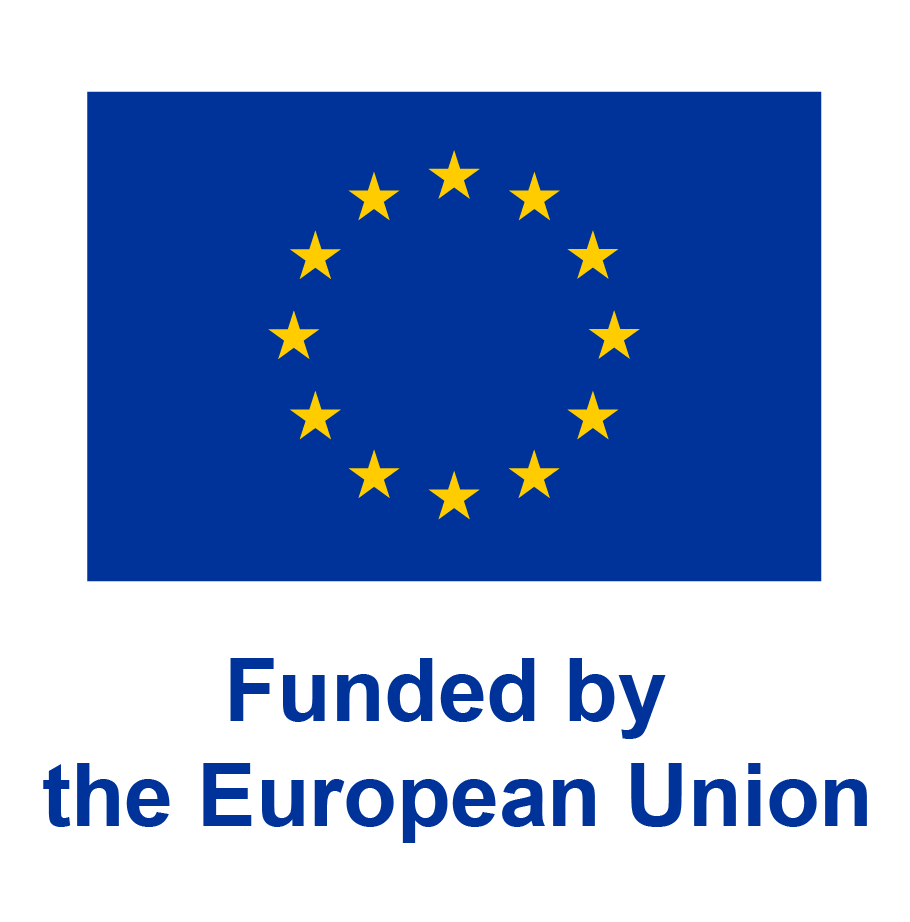01 September 2021 → 31 August 2027
European funding: framework programme
-
-
Antennas and propagation
-
Modelling and simulation
As systems and technologies become increasingly complex, the models that are vital to their design and development must balance the need to capture this complexity at an acceptable computational cost. The terahertz (THz) frequency range of the electromagnetic spectrum, perhaps the last frontier, takes engineers into new realms of highly non-linear and strongly radiating behaviours. Modelling these efficiently and accurately requires application of so-called time-domain boundary element methods (TD-BEMs), which are currently not as mature as other approaches. The EU-funded BET3D project is accelerating the development of TD-BEMs to support a new generation of THz technologies with applications in key fields including medicine, security and energy.
BET3D will aggressively accelerate the development of the time-domain boundary element method into a stable method that can model highly non-linear, strongly radiating systems and that unlocks the capability to model emerging technologies in TeraHertz communications and imaging, and beyond. Design a Boundary Element Time-Domain Domain-Decomposition Method Stabilize the BET3D method in the late-time and multi-scale regimes Improve accuracy of the BET3D method by designing novel approximation and integration methods Enable coupling to circuits (0D), transmission lines (1D), thin sheets (2D) and inhomogeneous materials (3D) Design a flexible and robust parallel algorithm for the distributed execution of BET3D and validate on the modelling of an array of GRTD oscillators
Funded by the European Union. Views and opinions expressed are however those of the author(s) only and do not necessarily reflect those of the European Union or the European Research Council Executive Agency (ERCEA). Neither the European Union nor the authority can be held responsible for them.

